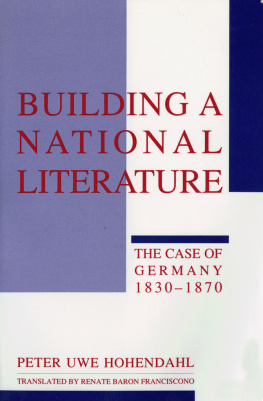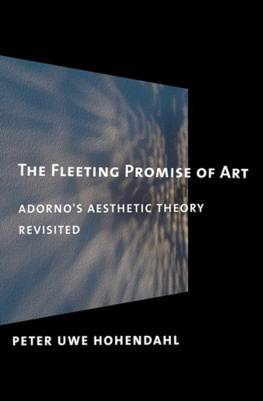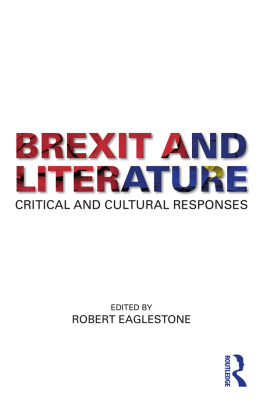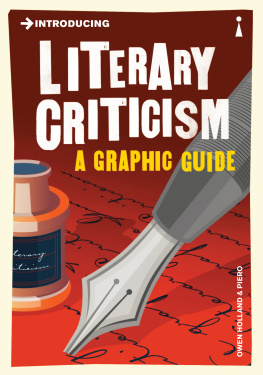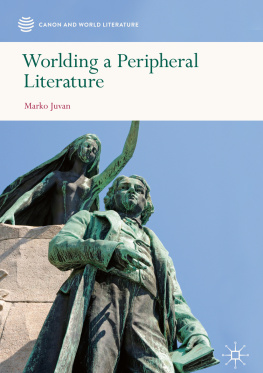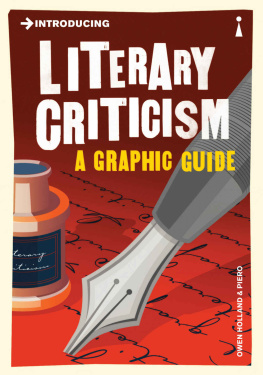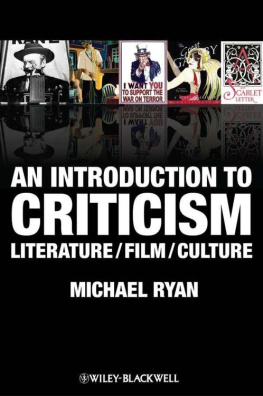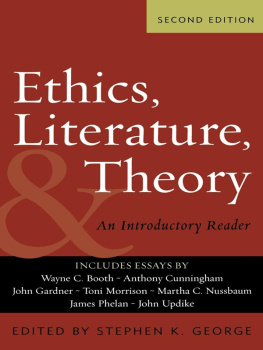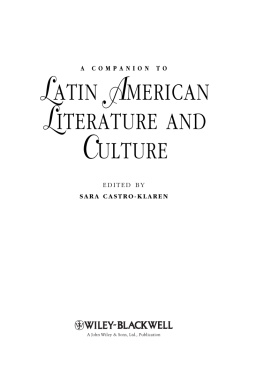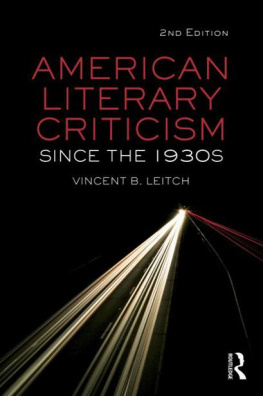. 1 .
Introduction:
The Institution of Literature
This book is concerned neither with individual literary texts nor with the influence or reception of literary works. By traditional standards, therefore, it falls outside the field of literary studies. From the point of view of both hermeneutics and reception aesthetics, the problems I examine are extraliterary; they form the background of the actual subject matter. The topics and themes dealt with in this book are considered helpful to literary scholars in the interpretation of texts but not indispensable for their work, for the decision about how much background material to include in a given investigation is customarily left to the individual researcher. Obviously the conventional dichotomy of literary versus extraliterary gives the concept of literature priority; but in additionand this point is particularly significant for the evaluation of historical studiesit relegates all other subjects without discrimination to supplemental status. What characterizes all such subjects is that they are not literature. This strategy is taken so much for granted in traditional literary studies that it is never so much as questioned. Its consequence is to assume that an ontological difference exists between literature and everything else (including nonpoetic types of texts).
As long as this dichotomy prevails, the problems I examine here will remain marginal to literary studies, with respect both to their historical importance and to their inclusion in and penetration of contemporary theoretical discourse. The practical result is obvious: projects that do not deal with poetic texts are declared merely ancillary. The conceptual and theoretical results are less obvious but in the long run more significant: the hegemony of one particular concept of literature, whose explication is made to appear the true task of literary criticism, reduces the extraliterary fields (religion, politics, society, economy) to those specific relationshipsunderstood as causal conditions or functional connectionswhich merely facilitate the interpretation or analysis of the particular text under consideration. Among the fields thus rendered auxiliary are the sociology of author and public, the psychology of reading, and the economics of bookmaking. Traditional literary criticism characteristically considers these auxiliary disciplines an unordered set and leaves unexplored the systematic interrelationship of literary criticism to such major fields as anthropology, linguistics, and history. Within the traditional modelwhether its focus is historical or formalcollaboration is judged possible only if the data and results of the adjunct disciplines can be put to use. The ingrained dichotomy of literature and nonliterature precludes a comprehensive, theoretical framework.
The historical and empirical study of readers has suffered more than any other from this incompatibility. Hermeneutics and reception aesthetics concede such study has a contribution to make but view this contribution as supplemental. Even the more open field of reception aesthetics, which has distanced itself from the hermeneutical model, assumes a fundamental difference between the concept of an implied reader and a historico-empirical reader. Historical reception remains logically subordinate.
The fruitfulness of a scholarly collaboration in which various disciplines exchange results but generally follow divergent theories and methods is limited. More useful would be models that redefine the field of inquiry and hence make clear where collaboration may be possible. A change of paradigms would first and foremost necessitate a scrutiny of the conventional definition of literature, which is largely responsible for our current problems. The traditional concept of literature is derived from the concept of art; in other words, literature consists of texts with aesthetic characteristics (which then need to be explored by literary critics). Furthermore, literary texts are designated fictional; that is, they have a specific referent relationship, self-referentiality, which differentiates them from other texts. This literariness, however, should be considered an open question rather than axiomatic, for as long as literariness is defined dogmatically, literary studies will remain fixated on those conventional characteristics. If, on the other hand, we resolve the dichotomy between literature and nonliterature, we can then restructure the field of inquiry. (This resolution, incidentally, would not mean leveling the distinction between literature and nonliterature.) The result of such a reorganization would be not only that the concept of literature would define what is nonliterary but also that a differentiated concept of the nonliterary would define what qualifies as literary.
Groeben interprets reception aesthetics as an immunizing strategy, which rescues the old paradigm by radicalizing it. And indeed, the vehement polemics conducted by reception aesthetics against empirical models that draw the historical reader into the investigation gives his reproach a certain plausibility.
At the center of recent discussion is the break with traditional concepts of the text and the work. Modernist aesthetics, which treats the work as an open, multivalent, and multifunctional structure, prepared the way for this break. The radicalization of this subversion leads to a further question: What is the role of the recipient in the structuring of textual meaning? Following Russian formalism and the phenomenology of Edmund Husserl and Roman Ingarden, the school of Constance Jauss, Iser) has drawn attention to the openness of the literary This division of labor preserves the conventional distinction between intrinsic and extrinsic investigations. In practice, the new formulation of the concept of the work does not alter the priority of the text, which, just as in formalist interpretation, is regarded as the primary object. The readers achievements in bestowing meaning, insofar as they cannot be demonstrated in the text itself, continue to be disregarded. This criticism is not limited to the phenomenological approach; it is also directed against radical models that bring the interpretive achievements of the reader to the fore. One may thus ask, with Groeben, whether the attempt to include the perspective of communication theory in the hermeneutical model is frustrated by the models inner theoretical contradictions. But the more important argument, I believe, is that reception aesthetics, like the American reader-response theory of Stanley Fish, is tied to the formulation of problems that belong to the old paradigm and that consequently draw on the old paradigm for their solutions.
Beyond Reception Theory
It would be interesting to examine why this attack on traditional hermeneutics and literary history was mounted in Europe and in the United States at roughly the same time. Of course, this argument does not invalidate reception theory. It merely shows that the break with traditional hermeneutics and aesthetics, the impetus behind the new theory, itself belongs to a tradition; it is part of a historically bounded debate.
In its polemics, reception theory overestimates the degree to which its models can be generalized. We are faced today with the task of striking a critical balance so that new questions can be formulated. My point of departure is a summary of the premises and central arguments of reception theory, which I follow with an attempt to present the consequences to which these premises logically lead. This lays the foundation for the third step, a critique of reception theory the goal of which is to arrive at a new model that will not so much exclude the tenets of reception theory as overcome them dialectically. The outlines of this model, which centers in the concept of the institution, have already been sketched in the work of other scholars, although no satisfactory form has yet been found for it. In a fourth step, I discuss the various solutions that have been suggested, focusing not on a critical discussion of individual theoreticians but on an explication of the problems involved. Since the concept of the institution necessarily involves sociological theories, it gives rise to a question the theory of reception has persistently evaded: How does the institution of literature relate to other institutions in the social system? Or, to put it in Marxian terms: What connection can we draw between the institution of literature and the forces and relations of production? Understandably, formalist theory has no ready answers to these questions, yet they do appear on the horizon of reception theory.
Next page
